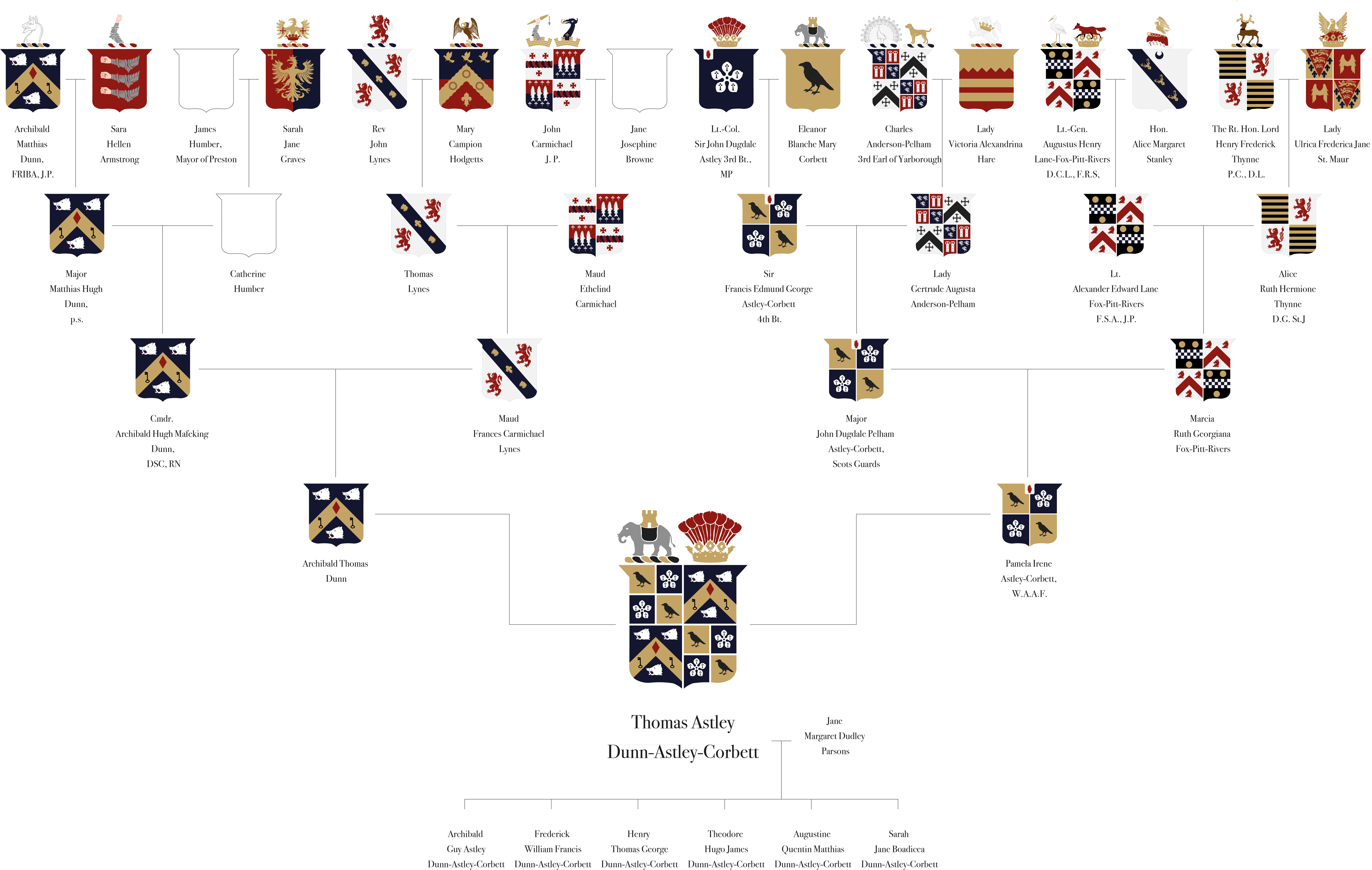
The House of Astley traces its roots to the period following the Norman Conquest of England in 1066, when William the Conqueror and his successors redistributed lands to loyal Norman families and reshaped the country’s nobility. Among these new landholders was Philip de Astley (or Estlega), who in the 1100s inherited from his grandfather and was granted estates in the English Midlands under the powerful Earl of Warwick. In return, the Astley family owed a unique service: to hold the Earl’s stirrup when he mounted or dismounted his horse. Their standing grew steadily—Philip’s son, Thomas de Astley, was even present at Runnymede during the sealing of Magna Carta in 1215.
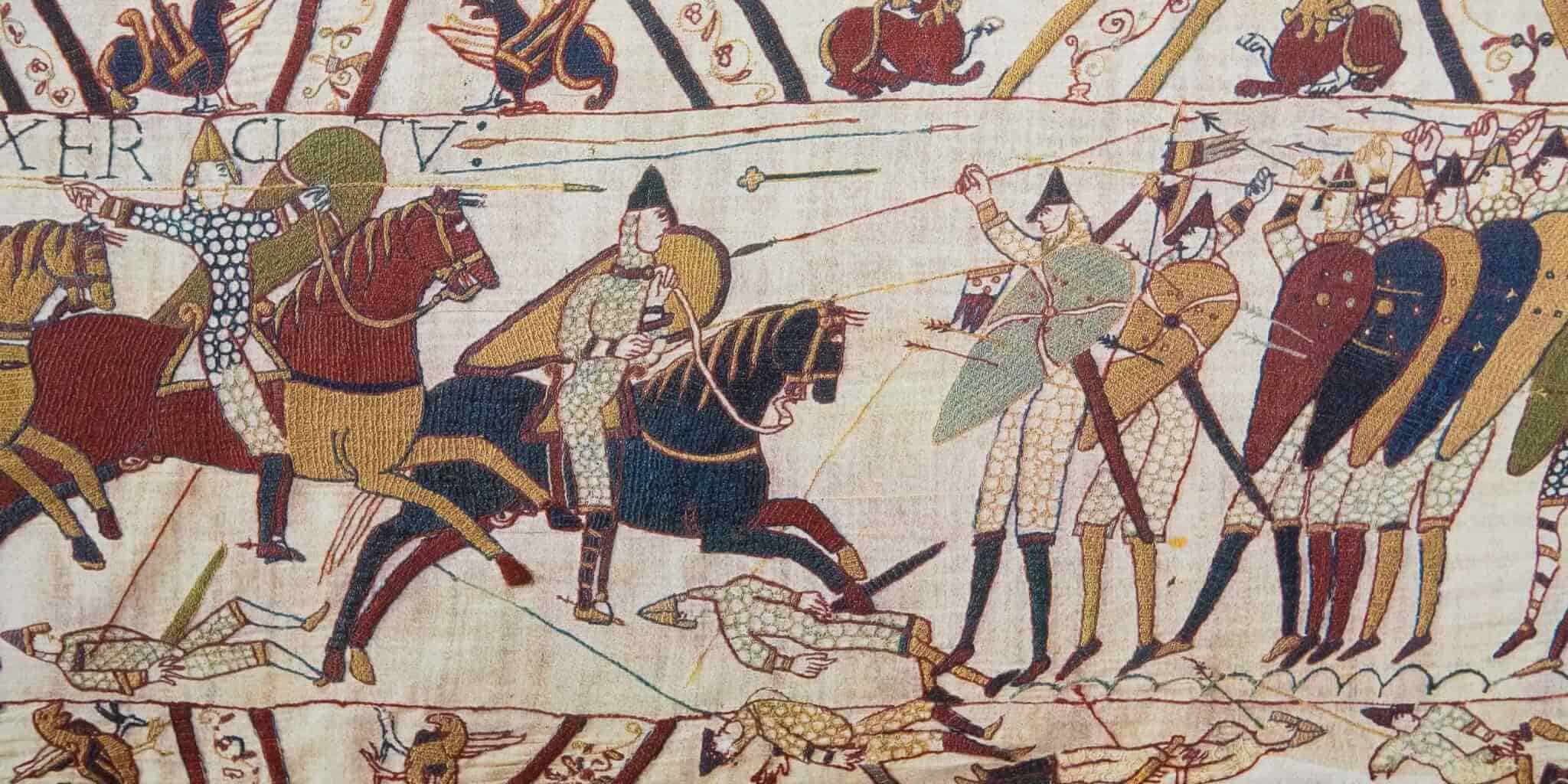
The family held this position until his great-grandson Sir Thomas de Astley (or Estleye) was killed at the Battle of Evesham in 1265. As steward to Simon de Montfort, the Earl of Leicester, he sided against King Henry III during the Second Barons’ War, which resulted in the Astley estate being forfeited to the Crown. The estate, along with a fortified manor, was soon restored to his son Sir Andrew de Astley. Sir Andrew later joined the Crusades led by Edward I and, after his successful return, was summoned to Parliament in 1295 as the 1st Baron Astley.
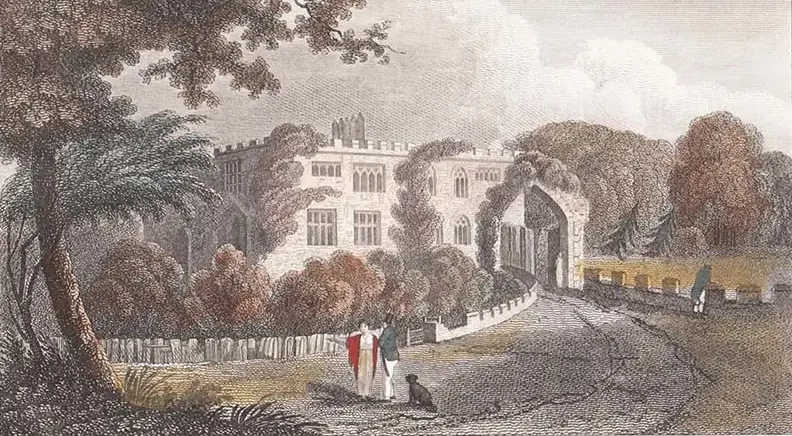
The Astley family continued their tradition of military service during the Hundred Years’ War, with the 3rd Baron Astley fighting at the Battle of Crécy, where he faced the French army and John of Luxembourg, King of Bohemia.
His son, the 4th Baron Astley, died without a male heir, passing the estate to his daughter. She married the 3rd Baron Grey de Ruthyn. Although it is uncertain whether they formally inherited the barony, the title was eventually forfeited when their descendant, Lady Jane Grey, was deposed and executed at the age of 17 after briefly becoming Queen of England in 1554.

Upon Lady Jane Grey’s death, the second son of the 3rd Baron Astley’s line became the head of the senior branch of the family, albeit without the Barony. He married the heiress of the Harcourt family, bringing Patshull Hall into the Astley lineage. This grand estate became the principal seat of the family for the next ten generations. During this time, the Astleys were deeply involved in political and social affairs, playing significant roles in local governance, national politics, and military service, shaping both the region and the broader course of history.
Among the most celebrated members of all those generations was Sir John Astley, KG, renowned in the 15th century for his chivalric prowess. He famously triumphed in duels before King Henry VI of England in London and King Charles VII of France in Paris, earning widespread fame and honour. In recognition of his loyal service to the Crown, he was eventually appointed to the prestigious Order of the Garter by King Edward IV. Both occasions were depicted by celebrated Bohemian artist Wenceslaus Hollar.

Two centuries later in 1662 the 1st Astley Baronetcy was created for Sir Richard Astley of Patshull after he and his father supported King Charles I during the English civil war. Patshull was subsequently rebuilt and became “the biggest house in the county”. Sadly his grandson died under mysterious circumstances, leaving the estate to his cousin, the father of John Dugdale Astley. By that time Patshull Hall was sold and Sir John was soon elected as MP and subsequently recreated the 1st Astley Baronet of Everleigh.
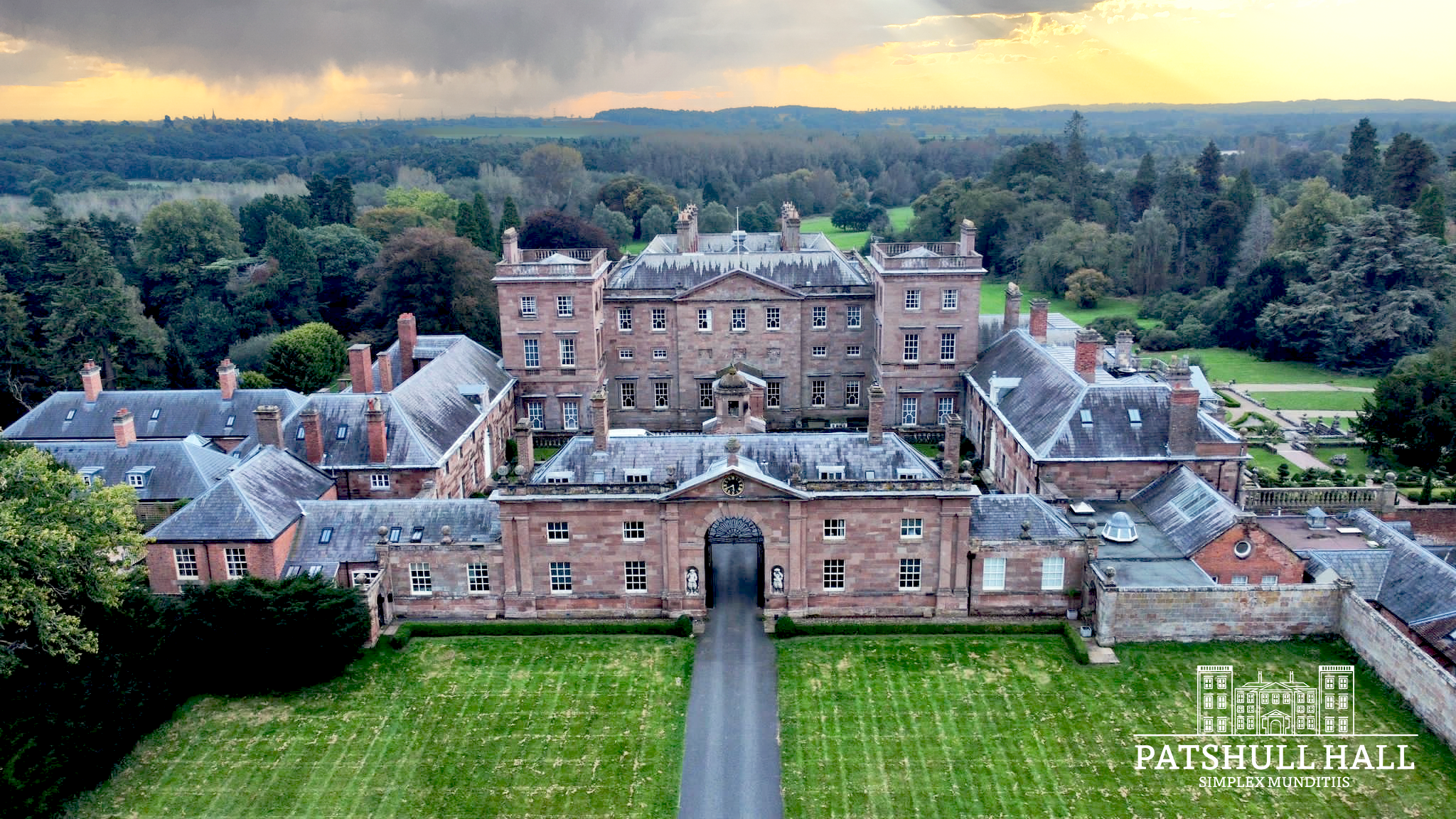
His grandson, Lt-Col. Sir John Dugdale Astley, 3rd Baronet of Everleigh—affectionately known as “The Mate”—was a larger-than-life figure of the Victorian era. A former soldier and MP, he was renowned for his exuberant personality and lifelong passion for sport. He owned racehorses, sponsored boxing matches, and famously created the Astley Belt, effectively becoming England’s first major promoter of ultrarunning.
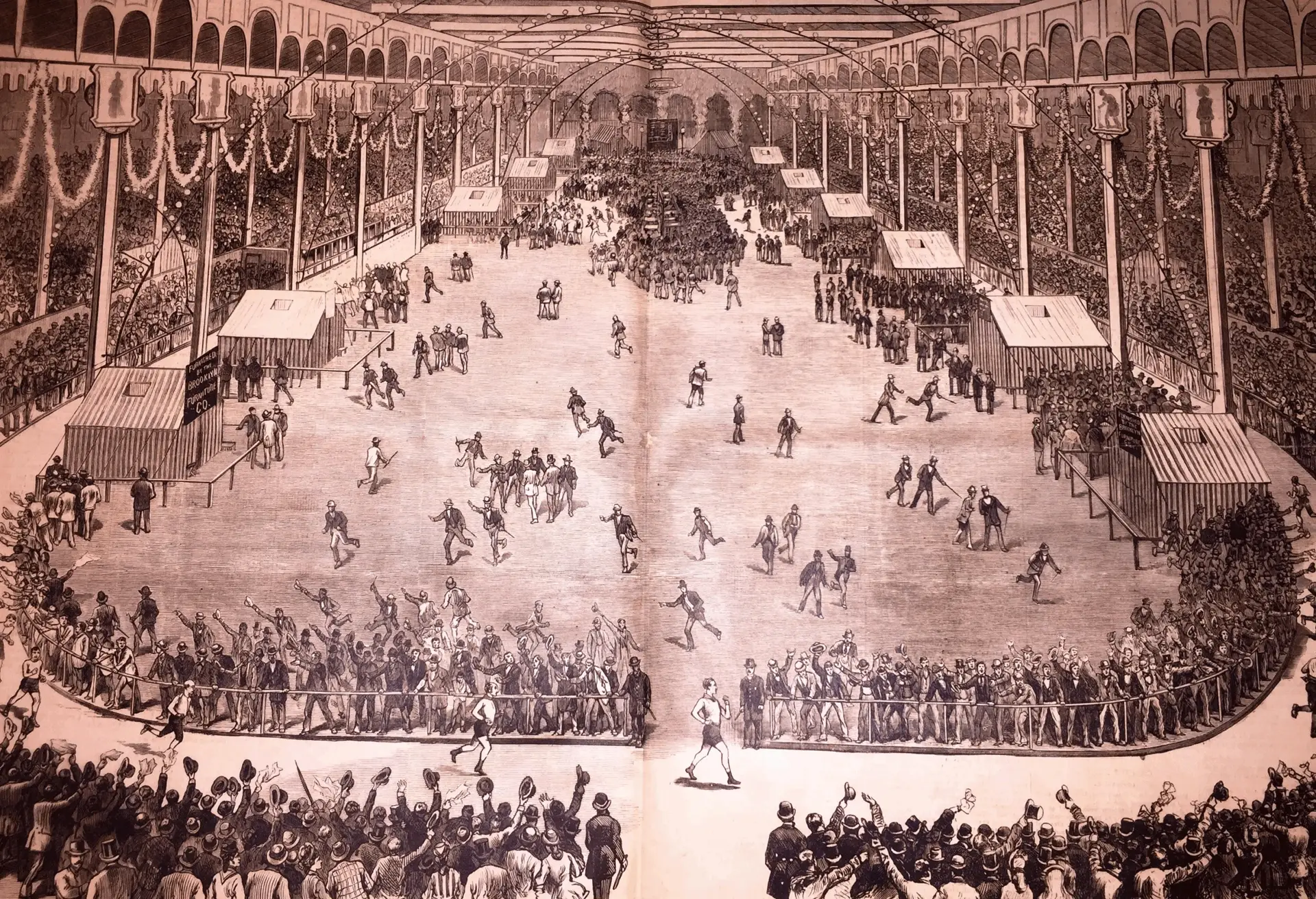
At race meetings, he was a beloved and flamboyant presence, known for his generosity and his knack for both winning and losing large sums of money. He was also Senior Steward of the Jockey Club and founded the Astley Institute in Newmarket, a social club for stablemen. Later in life, Sir John published his memoirs, Fifty Years of My Life, which he dedicated to his friend the Prince of Wales. The book offers a vivid and entertaining glimpse into the sporting and social life of 19th-century England.
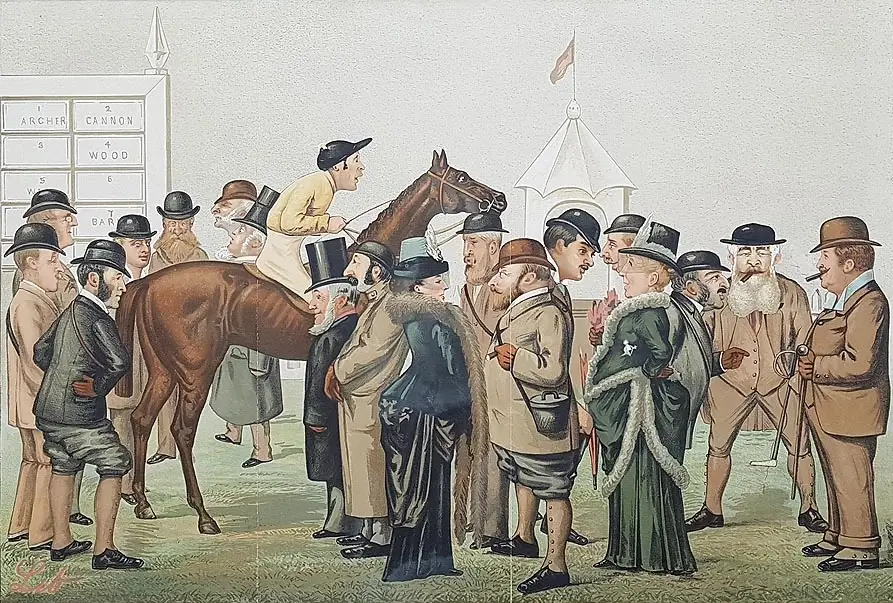
Sir John, married Eleanor Blanche Mary Corbett, the daughter and heiress of Thomas George Corbett of Elsham Hall—uniting the two distinguished noble families.
The Corbetts were among the original Norman lineages to be granted lands in England after 1066, following the conquest of William the Conqueror. Hugo le Corbeau and his sons sailed from Normandy to become Marcher Lords. As a reward for this service, the eldest son was granted Caus Castle in Shropshire to help control the Welsh border (hence Marcher Lords).

The Corbetts’ influence quickly reached the highest circles of medieval power. As Barons of Caus, they rose to prominence and were also among the barons who compelled King John to sign the Magna Carta. Hugo’s granddaughter, Lady Sybilla Corbet, was a favoured companion of King Henry I and bore him many children including her daughter Sybilla of Normandy, Queen of Scotland.
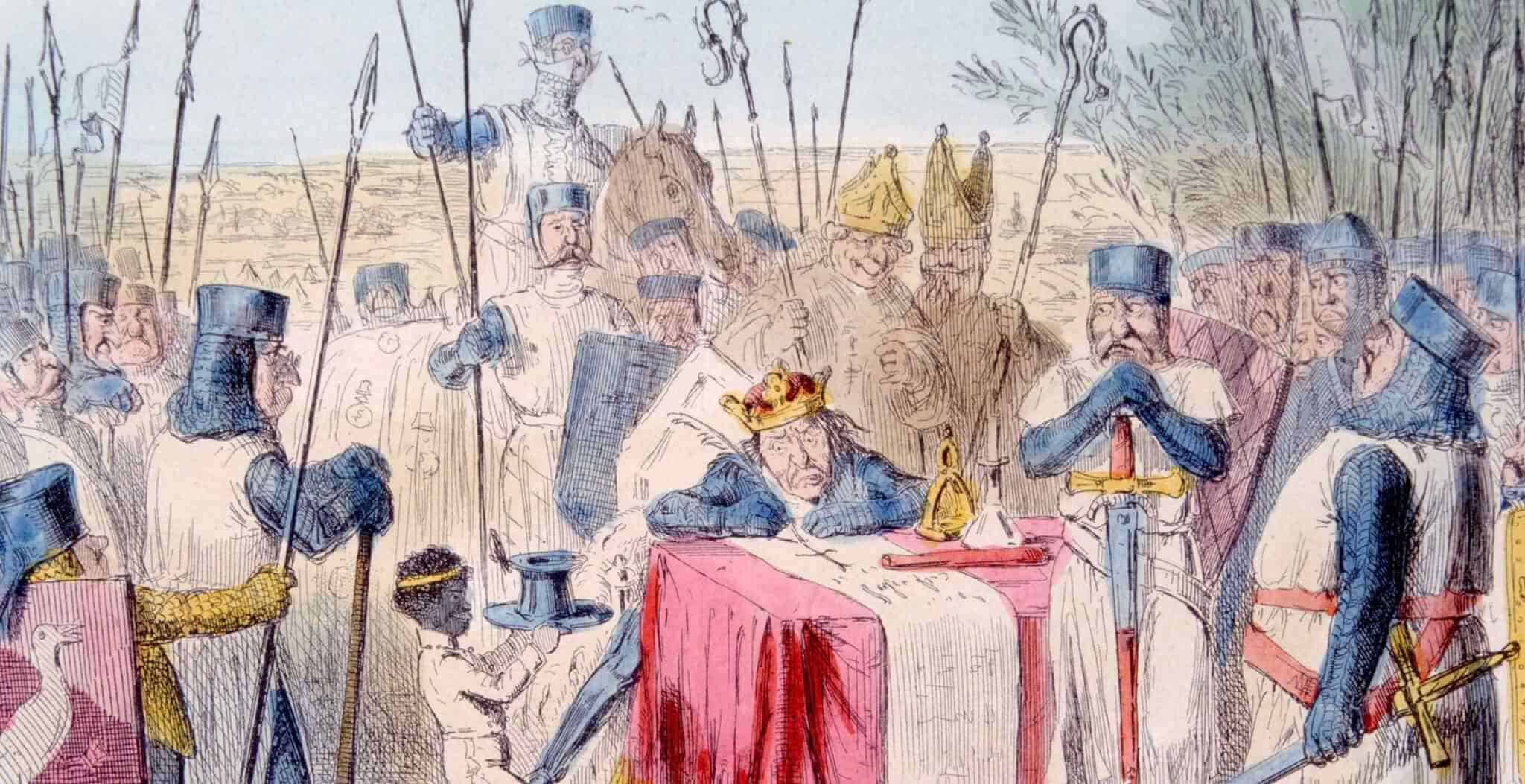
Hugo Le Corbeau’s great-great-grandson and heir, Sir Thomas Corbet, embarked on a pilgrimage across Europe that lasted so long he forfeited his barony to his younger brother. Nevertheless, his descendants remained influential, based at Moreton Corbet Castle, and continued to serve as Marcher Lords, MPs, and High Sheriffs. They also distinguished themselves on the battlefield, with notable appearances at the Battle of Agincourt and throughout the Wars of the Roses.
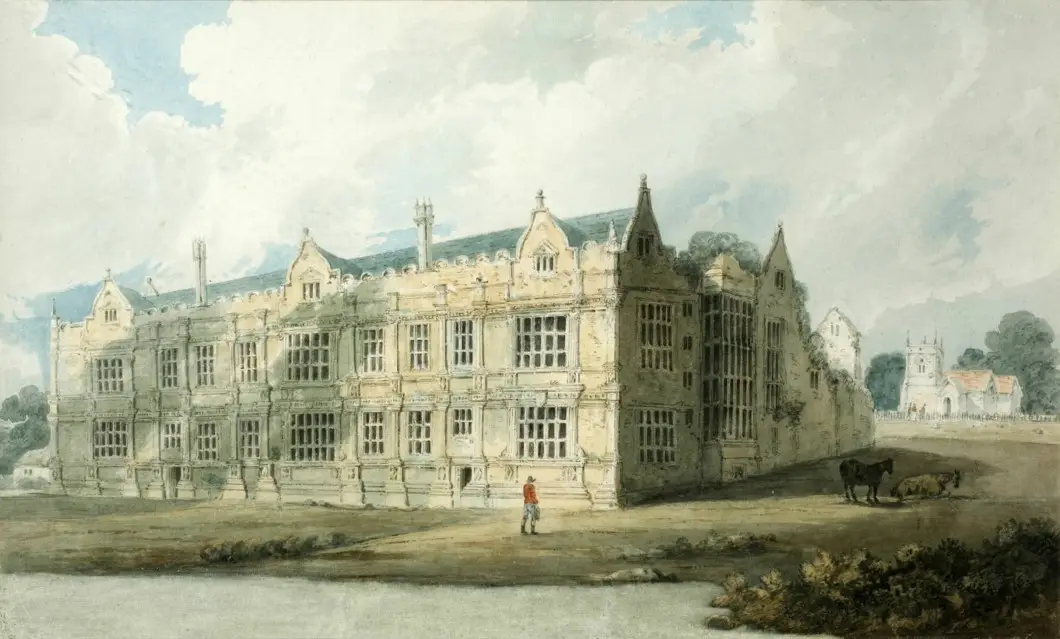
Thomas George Corbett, upheld this family tradition as an MP and High Sheriff of Lincolnshire. Upon his death in 1868, the Corbett estate and name was granted by Royal license to his grandson, Sir Francis Astley-Corbett, the 4th Baronet of Elsham Hall. He married Lady Gertrude, daughter of the 3rd Earl of Yarborough, and they had three children, including their only son and heir, Major John Dugdale Pelham Astley-Corbett of the Scots Guards, known as “Jack”.
Jack married Marcia Ruth Georgiana Lane-Fox-Pitt-Rivers, granddaughter of General Augustus Lane-Fox-Pitt-Rivers, widely regarded as “the father of British archaeology.” They had two children: Francis Henry Rivers Astley-Corbett known as “Hal”and Pamela Irene Astley-Corbett.
Pamela’s father, Major Jack Astley-Corbett, died in 1937, followed just two years later by her grandfather, Sir Francis, in 1939. The family suffered its final devastating blow when her only sibling, Captain Sir Hal Astley-Corbett, 5th Baronet, was killed in action in Italy in 1943. In the span of just six years, during the darkest period in European history, three generations of the Astley-Corbett male line were tragically lost.
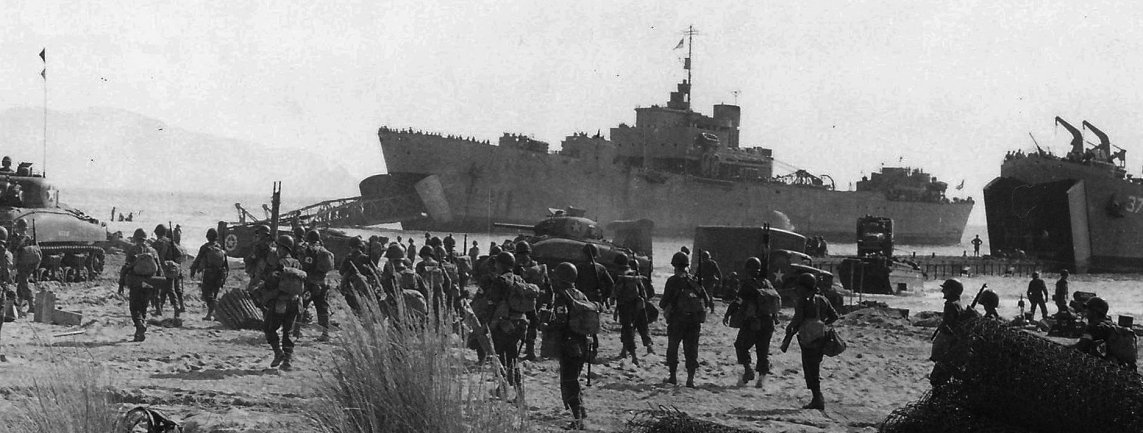
Because of this, Pamela became the heir to the Astley-Corbett estate, a responsibility she never anticipated or desired. It was a role thrust upon her under tragic circumstances. After serving in the Women’s Auxiliary Air Force during the war, she became engaged to Oxford educated civil servant Archibald Thomas Dunn, son of Cmdr Archibald Hugh Mafeking Dunn.
Commander A.H.M. Dunn descended from a cadet branch of the Dunns of Northumbria, a family that became established as landowners and coal engineers during the Industrial Revolution in the North of England. As devout Catholics in a time when Catholicism was marginalised, they rose through merit and industrial innovation, despite the challenges before Catholic Emancipation in 1829.
The most prominent early figure in the family’s modern history was Matthias Dunn, a nationally recognized mining engineer and one of Her Majesty’s first official Inspector of Mines. At a time when mining disasters were tragically common, Matthias played a pivotal role in campaigning for safety reforms, particularly to protect children in hazardous colliery work. He became an honorary member of the Mining Institute and was awarded the inaugural medal by the Royal Scottish Society of Arts.

Matthias’ only child, Archibald Matthias Dunn of Castle Hill House, shifted the family’s contributions from engineering to architecture, becoming one of the foremost Catholic architects in Victorian England. Archibald was shaped by England’s Catholic revival, which strongly influenced his Gothic Revival designs. A prolific traveller, Archibald followed in the tradition of the Grand Tour — a rite typically reserved for the Catholic aristocracy — journeying through Europe, North Africa, and the Middle East. His publication, Notes and Sketches of an Architect (1886), chronicles these excursions and reveals the profound influence of international styles on his work. He was also a local magistrate and served as the Mayor of Gateshead. Later in life, Archibald was elected an honorary member of the Royal Institute of British Architects.
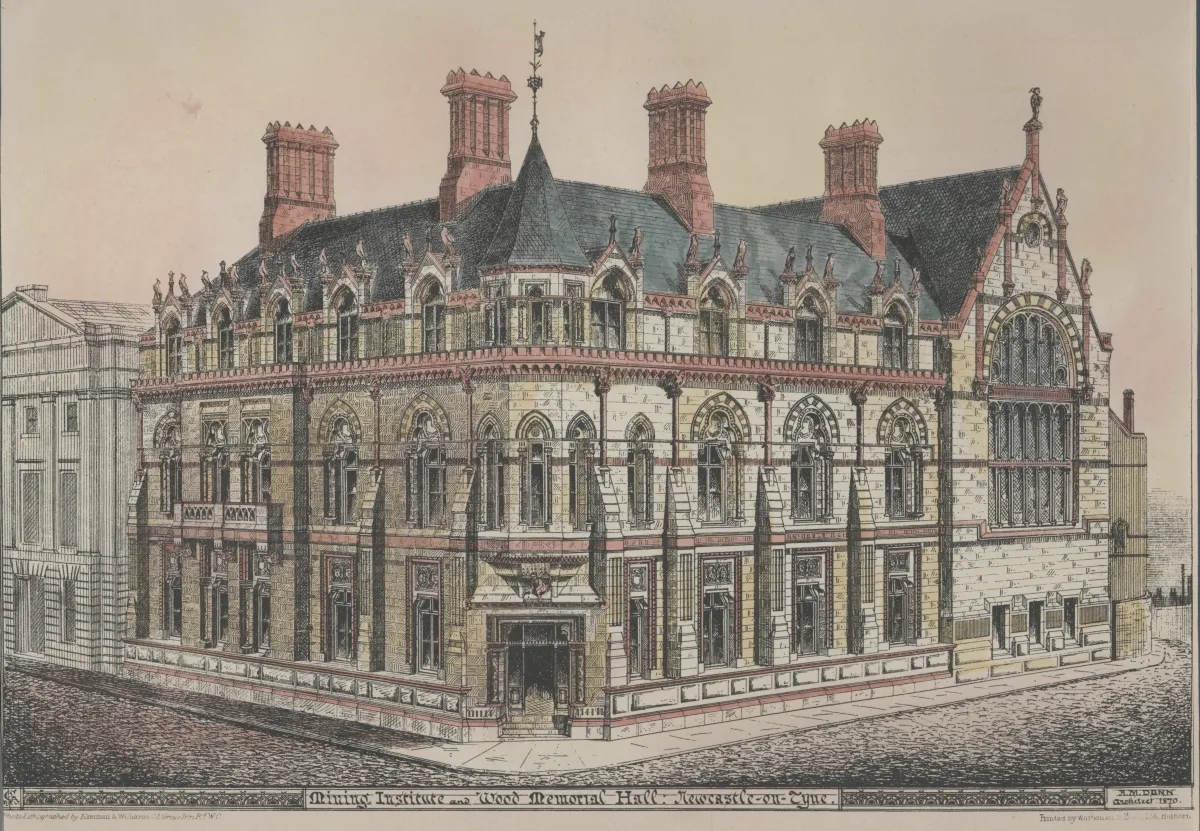
Due to a fatal car crash that killed both his parents, Archibald’s grandson Archibald Hugh Mafeking Dunn, was raised by his uncle, Archibald Manuel Dunn, an architect, avid bridge player, and author of several books on the game.
At the outbreak of World War I, young Archibald Dunn enlisted as a Sub-Lieutenant on the minesweeping ship H.M.S. Sword Dance at just 17 years of age. He was deployed to Russia in 1918 and quickly distinguished himself for his leadership. His diaries provide a powerful account of the desensitisation to the horrors of war during the Russian Campaign. His naval career was marked by commendation, as he rose to the rank of Commander, though the dark years took a toll on his mental health, ultimately marking him as one of the Lost Generation.
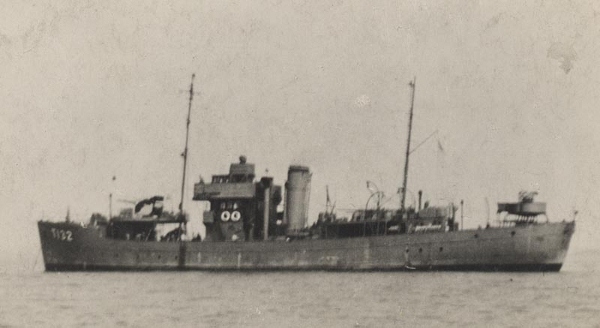
Incidentally, his first son, Archibald Thomas Dunn, experienced the Second World War from behind a desk at the Foreign Office. He was deemed unfit for deployment due to partial deafness in one ear, the result of a botched tonsil surgery performed on a kitchen table during the war. After the war, he married Pamela Astley-Corbett, and they moved to Overbury Hall in East Anglia. There, they had five children, their first son being Thomas. As head of the family, Thomas Dunn-Astley-Corbett was granted the surname Astley-Corbett by Royal license, to honour the lineage of his mother and of his late uncle “Hal” aka Captain Sir Francis Henry Rivers Astley-Corbett, 5th Baronet.
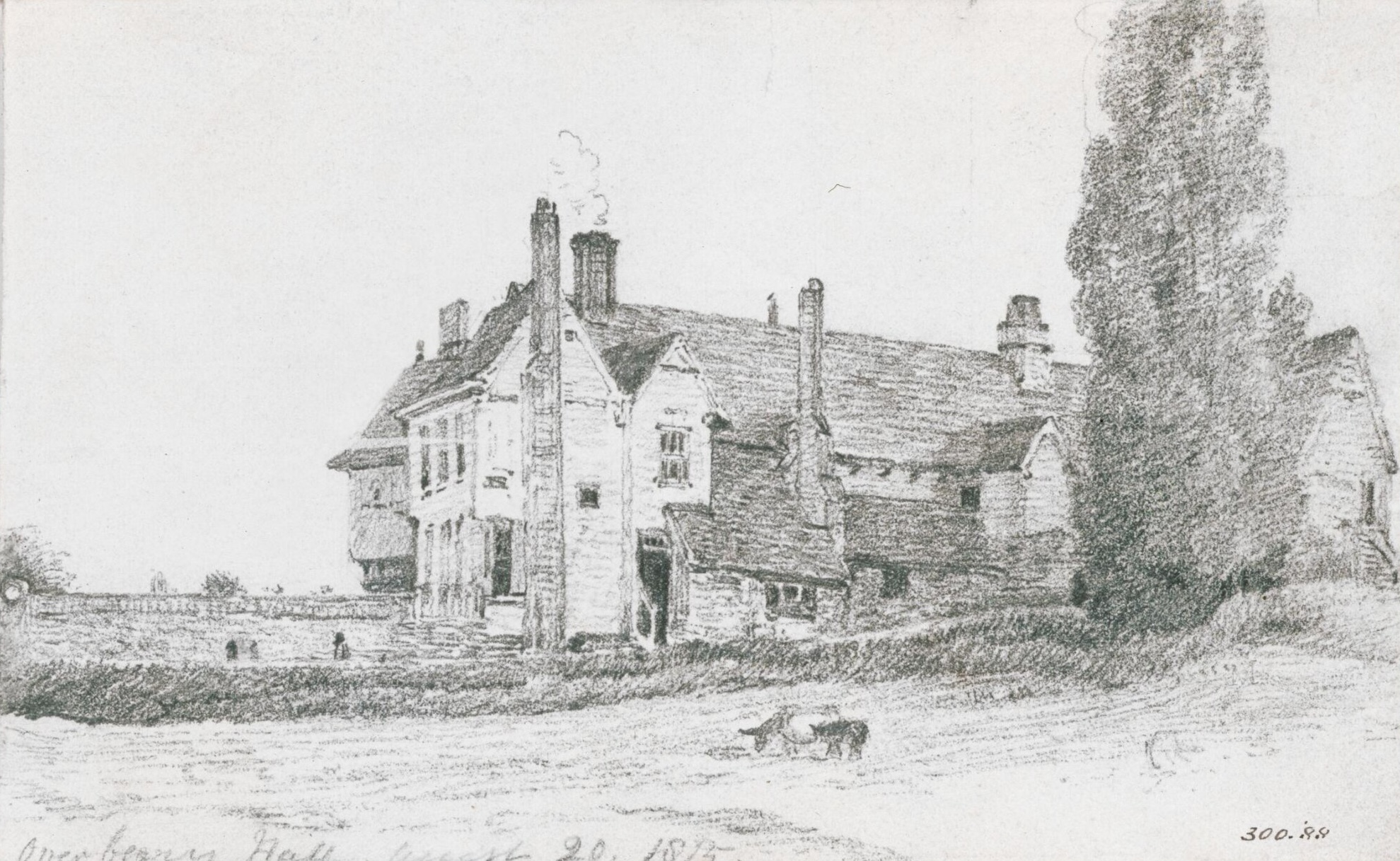
Thomas Dunn-Astley-Corbett, now retired, was a farmer and is married to the painter Jane, daughter of Lt. (John) Guy Dudley Parsons. Together, they have six children and, to date, six grandchildren. After spending twelve years farming in the Cher region of Central France, the family relocated to Château Domoušice in 2002 to farm in western Bohemia, near Prague—where they continue to live to this day.